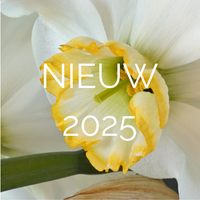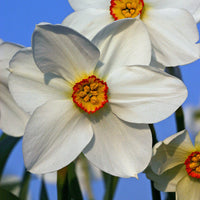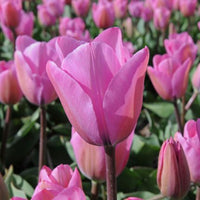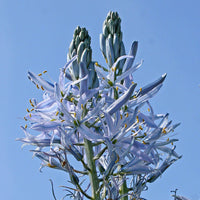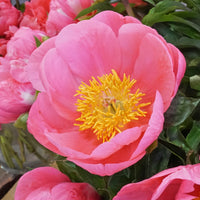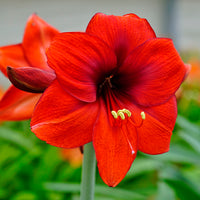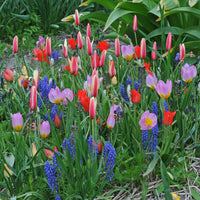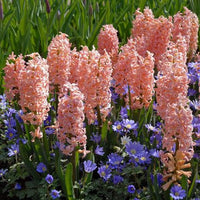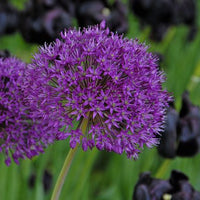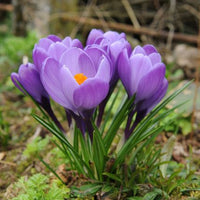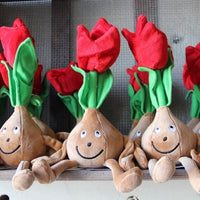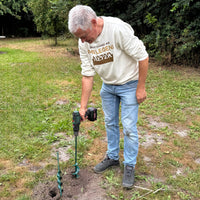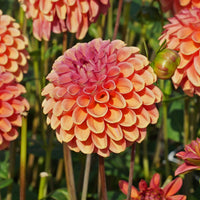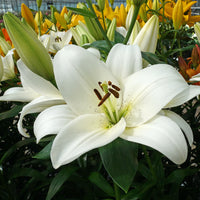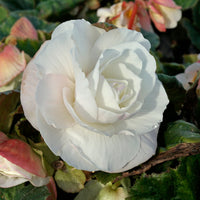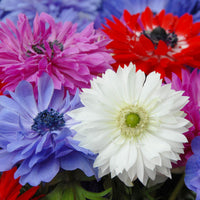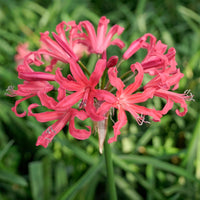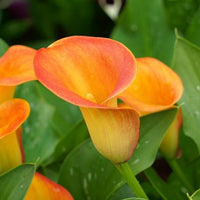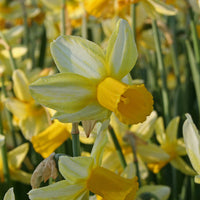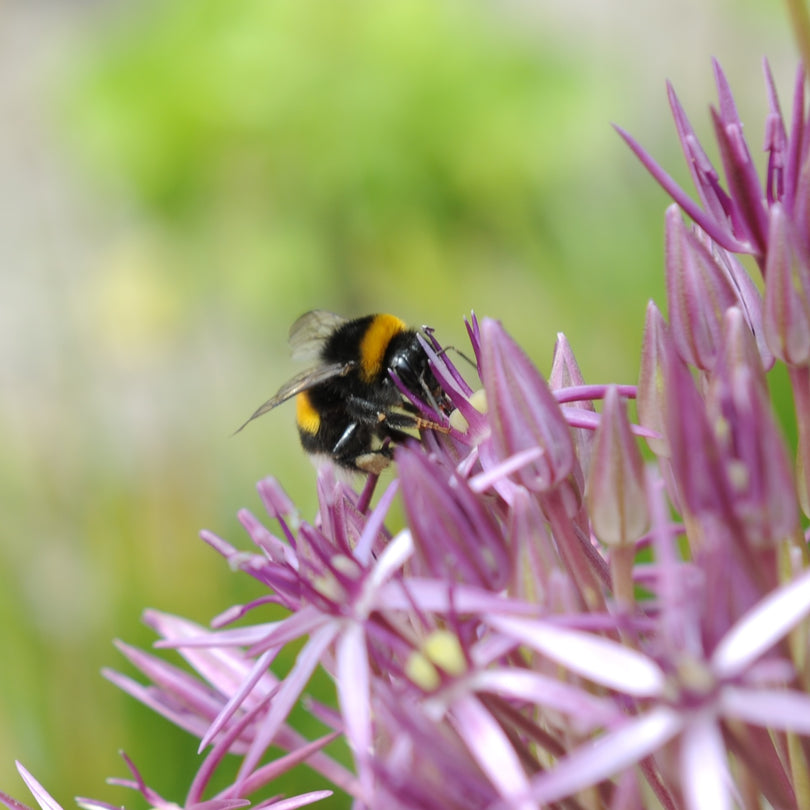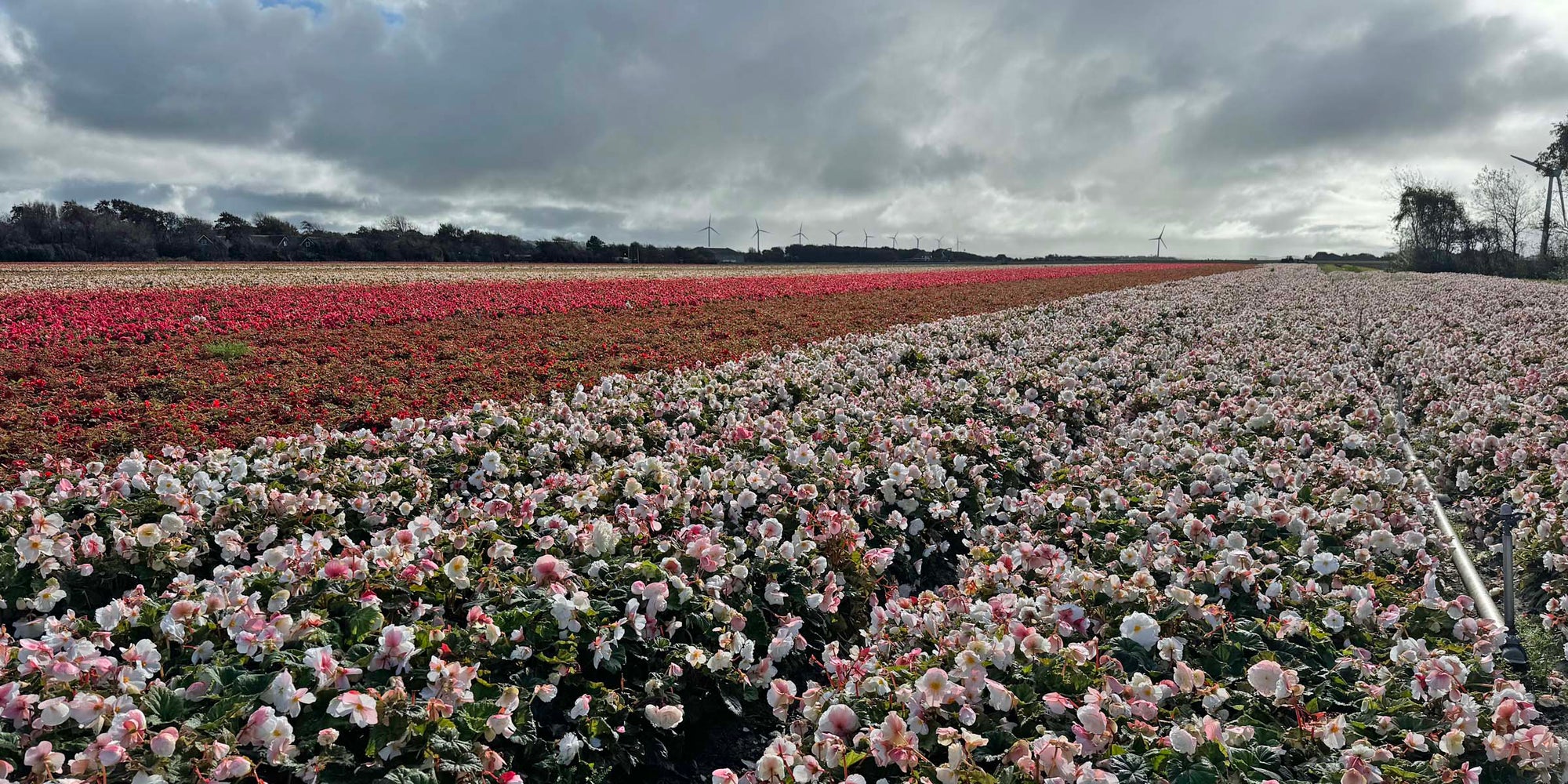With Extra Onions, Please!
I can practically hear you thinking: Carlos is out eating at some restaurant again, and while that could have been true, this time, the onions are of a different kind. They are enjoyable food to someone, though: The Bees cannot get enough of this type of onion. Obviously, I am talking about the Allium.

I was surprised to see that the Allium’s popularity has evened out a little bit. Over the last couple of years, she was extremely popular, and we had to be very creative to source enough of them to make everybody happy. Now, the requests have gone down just a little bit, and while it is very normal that trends change, this downward one makes a specific population very sad: the bees. Bees love onions, and while they enjoy all of them, the three varieties I call the Three Kings are their favourites.

I’ve been calling them Three Kings since I made that name up in a newsletter quite some time ago, and it has just stuck around in my head. When I went down into the cellar of my computer to look for the original newsletter, I found it all the way in 2017—time really does fly.

The Three Kings of the Alliums are Allium Globemaster, Allium Ambassador and Allium giganteum. The last one, giganteum, does not have a capital letter as this is a species Allium. That means that this Allium can be found out in the wild, just like this. When a plant is hybridised and cultivated by people, you do write their given name with a capital letter.

But I am getting sidetracked, we were talking about those Three Kings. All three of them are iconic flower bulbs that can easily carry an entire garden, and at the same time, they offer an all-you-can-eat buffet to butterflies and bees. On a sunny day, you will never see one of these Alliums without any visiting guests.

If this request in name of the bees has gotten to you, and you want to add some to your garden, my advice is honestly to take all three of them. Don’t worry, I do not want to suddenly start selling you things you do not need. It is just that these three Alliums are in bloom one after the other, which means that you will have a blooming Allium in your garden for a very, very long time. When the first one is finishing up, the second Allium comes around, and when that one is kind of dying down, the third one takes its place. And this is not just great news for your garden: Bees are also very happy with this, and they will be pollinating your garden for weeks at a time. Maybe for next year, I’ll pitch a new mixture for our web site: The Happy Bee Trio.

Allium Globemaster is the first one of the Kings to start blooming. Sometimes, it comes around when the last Tulips are still in boom. Then, Allium Ambassador turns up, and she can stay until well into June. Then, lastly, Allium giganteum wraps it all up. When the summer is not too hot, you sometimes have to wait until July before you can actually see her gigantic beauty.

The most well-known Allium, and also the one that is grown in the largest number, is Allium Purple Sensation. I am sure many of the readers have experience with this Allium. She is also priced very nicely, in our web shop, 20 Purple Sensations are cheaper than 20 of many of our Tulips. The Three Kings I told you about are not as popular as Purple Sensation is, and that is partly because they are more expensive. Three of these Alliums cost more than 20 Purple Sensations. That seems like a lot, and it is, but the Three Kings are enormous bulbs, and we cannot grow the truly special ones for less than what we ask for them.

If the price point is doable for you, I hope you will consider them. Now that I am thinking about it some more, I also have to say that the Three Kings probably give you more flowers than whichever other Allium you can find. I’ll try to show you what I mean, if I can find some more photographs in the cellar of my computer:

This is Allium giganteum.
Allium giganteum as well as Allium Ambassador and Allium Globemaster are in bloom about three times as long as other Alliums. This is because of the number of tiny flowers they have. Every time one of these tiny flowers has finished flowering, a new tiny flower takes its place on the surface of the Allium. The layer of tiny flowers keeps refreshing itself for weeks on end, and the bees are just as happy with that as you are.

We did it once, counting how many tiny flowers one Allium giganteum has. We got to well over a thousand. You can imagine that the high schooler who worked at our warehouse during their summer holiday who got assigned this task was very happy about that :)

Camassia leichtlinii Blue Danube, another flower bulb bees love.

Another fun fact is that every morning, a massive group of starlings and other birds have their breakfast in the Tulip field across my house.

When they are done eating, they stretch their wings and take their places in the trees surrounding our house. The world really is beautiful.
Kind regards,
Carlos
Carlos

